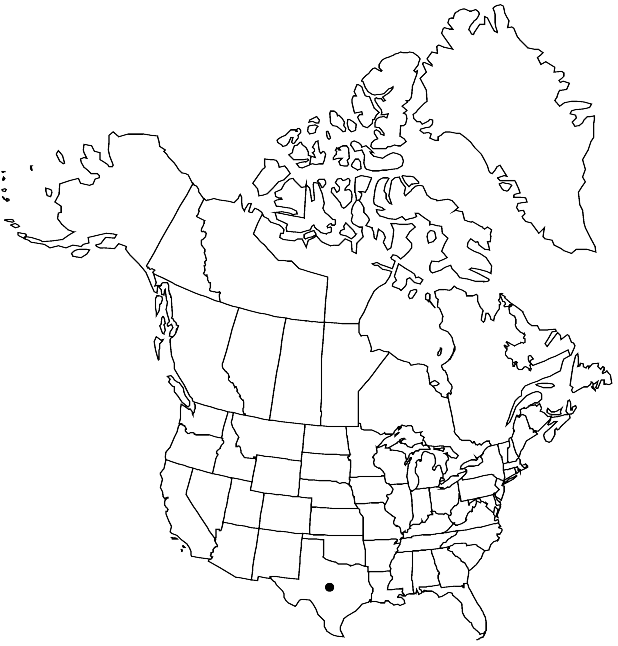Difference between revisions of "Physaria mcvaughiana"
Novon 12: 325. 2002.
FNA>Volume Importer |
imported>Volume Importer |
||
| (2 intermediate revisions by 2 users not shown) | |||
| Line 52: | Line 52: | ||
|publication year=2002 | |publication year=2002 | ||
|special status= | |special status= | ||
| − | |source xml=https:// | + | |source xml=https://bitbucket.org/aafc-mbb/fna-data-curation/src/2e0870ddd59836b60bcf96646a41e87ea5a5943a/coarse_grained_fna_xml/V7/V7_1094.xml |
|tribe=Brassicaceae tribe Physarieae | |tribe=Brassicaceae tribe Physarieae | ||
|genus=Physaria | |genus=Physaria | ||
Latest revision as of 22:30, 5 November 2020
Perennials; caudex simple or branched, (sometimes enlarged); densely pubescent, trichomes (sessile), several-rayed, rays fused (webbed) most of their length, (umbonate, peltate, tuberculate throughout). Stems few to several from base, erect or outer ones decumbent, 0.5–4 dm. Basal leaves (long-petiolate); blade elliptic to obovate or rhombic, 2–6(–9) cm, margins entire. Cauline leaves (sessile or shortly petiolate); blade oblanceolate to spatulate, 1–3 cm, (proximal broader), margins entire. Racemes dense, (relatively short). Fruiting pedicels (erect to spreading, ascending, or (proximal) horizontal, straight to slightly curved, sometimes loosely sigmoid), 6–12(–20) mm. Flowers: sepals elliptic or narrowly oblong, 4–5.4 mm, (tapered to apex); petals (white, base and claw yellow, conspicuously purple-veined), usually broadly obovate or rhombic, 6–10 mm, (± equal to blade, tapering to slender claw). Fruits (sessile or substipitate, often reddish magenta), usually ovoid to subglobose, inflated, 4–6(–7) mm; valves (not retaining seeds after dehiscence), glabrous; replum as wide as or wider than fruit; septum perforate; ovules 8–12 per ovary; style 1.5–4 mm. Seeds somewhat flattened. 2n = 12.
Phenology: Flowering mid Mar–Apr(-Aug).
Habitat: Stream bed gravels, rocky limestone slopes and hills, canyon bottoms and slopes, limestone rubble
Elevation: 1200-1600 m
Distribution

Tex., Mexico (Coahuila).
Discussion
Selected References
None.